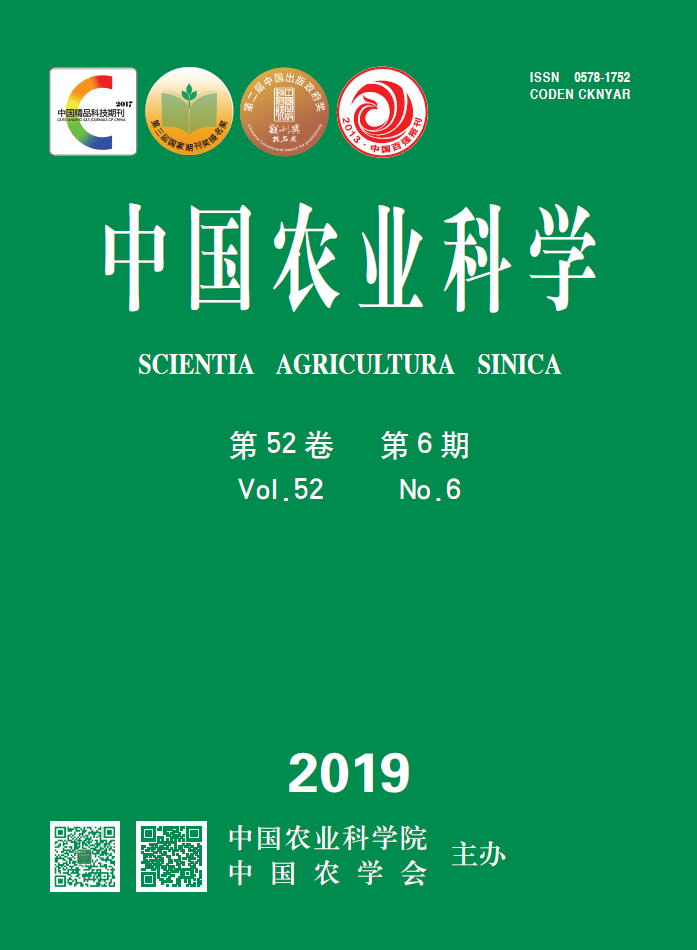【Objective】The objective of this study is to determine the metabolic profile differences of diapause-destined (D) and non-diapause-destined (ND) pupae of Bactrocera minax at different time points, and between D and ND pupae at the same time point, and to identify metabolites with significant difference in different comparisons.【Method】Within 1 d after pupation, 20E solution was injected to release diapause and acquire ND pupae; 10% ethanol was injected to acquire D pupae. Both types of pupae were collected at 1, 15, and 30 d after injection, and the samples were detected by nuclear magnetic resonance (NMR). All the spectra were analyzed with the Chenomx Compound Library one by one to determine the metabolite species and the corresponding concentration. Then, the partial least squares discriminant analysis (PLS-DA) was conducted to determine the metabolomic variations in 5 comparisons, D1 vs D15 vs D30, ND1 vs ND15 vs ND30, D1 vs ND1, D15 vs ND15, and D30 vs ND30. Lastly, the variable importance in projection (VIP) and one-way ANOVA/t test were performed to find out the metabolites with significant concentration difference in different contrast combinations.【Result】In all samples, a total of 50 metabolites and their concentrations were obtained, including 20 kinds of amino acids and their derivatives, 11 kinds of organic acids, 4 kinds of sugars, 5 kinds of nucleic acid components, and 10 kinds of other metabolites. PLS-DA analysis indicated that the metabolic profile of D pupae was significantly different among the three time points. The metabolic profile of ND pupae was not significantly different between 15 d and 30 d after injection, but both of them were significantly different with that of 1 d after injection. At three different time points, the metabolic profiles of D pupae were all significantly different from those of ND pupae. VIP analysis and one-way ANOVA/t test collectively indicated that the concentrations of 21 metabolites were significantly different in at least one comparison. Of these 21 metabolites, 10, 12, 6, 12, and 8 species were found in D1 vs D15 vs D30, ND1 vs ND15 vs ND30, D1 vs ND1, D15 vs ND15, and D30 vs ND30 comparisons, respectively. Citrate, glucose, maltose, proline, trehalose, glutamate, asparagine, and N-acetylglutamate showed significantly different level in most comparisons.【Conclusion】Among the metabolites with the most significant differences, citrate, glucose, maltose, proline, trehalose, glutamate, and asparagine can directly or indirectly enter the tricarboxylic acid (TCA) cycle, indicating that the energy metabolism and substance transformation have significant changes during B. minax diapause. In addition, the significant differences of trehalose, proline, N-acetylglutamate, and inositol contribute to the regulation of freezing tolerance during B. minax diapause. The results can provide a basis for further investigation of mechanisms of important metabolites and relevant physiological pathways during B. minax diapause.









